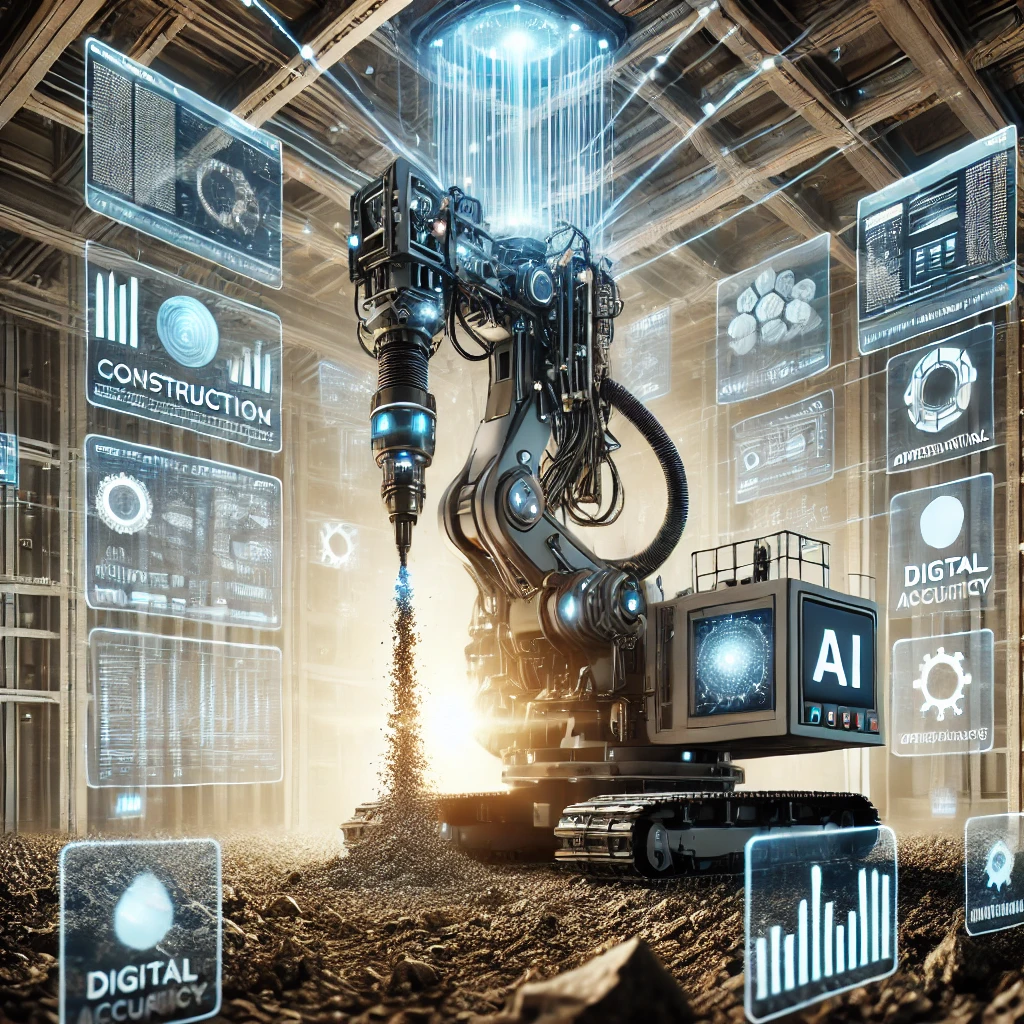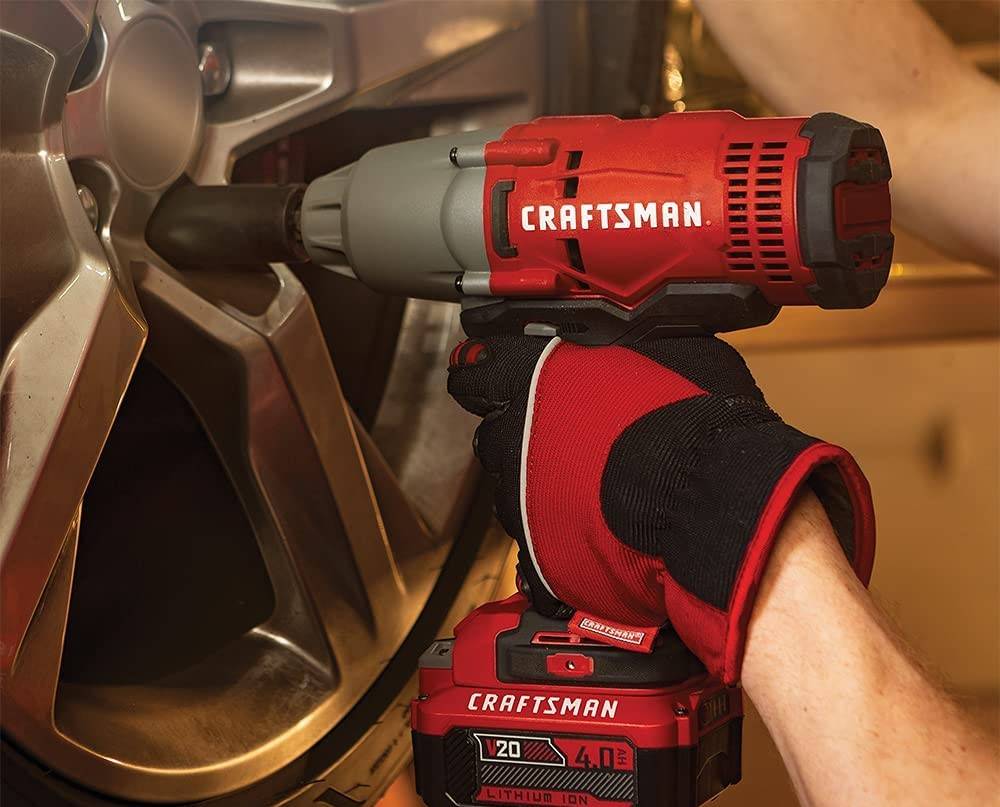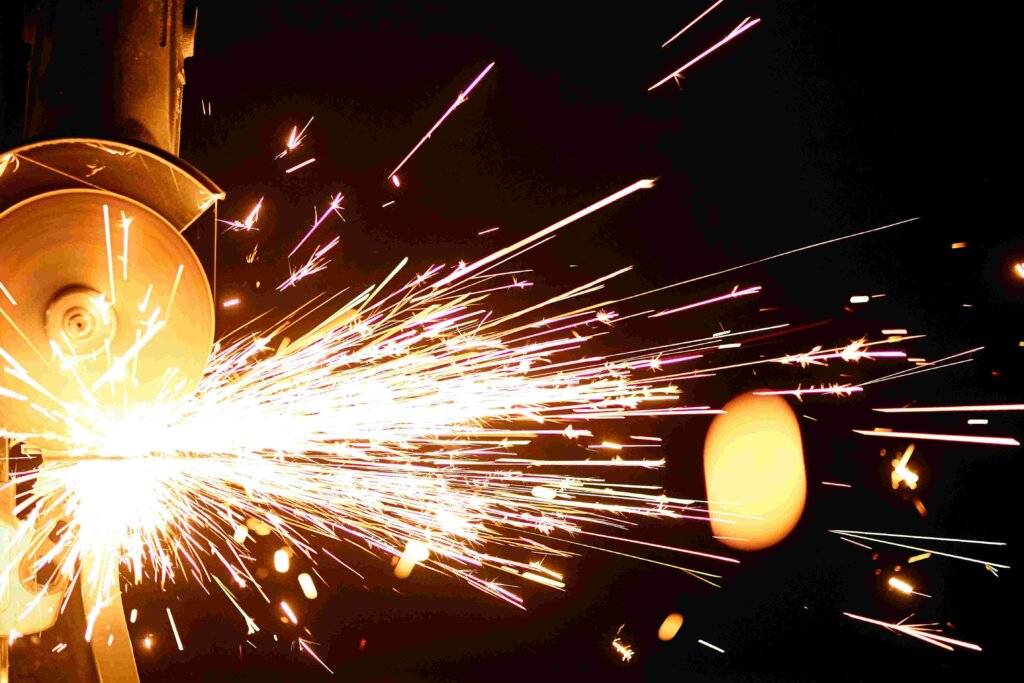Artificial Intelligence (AI) has emerged as a transformative force across multiple industries, and one area where its impact is being increasingly felt is in the world of drilling. Whether it’s in the realm of oil and gas, mining, construction, or even DIY projects, AI-powered drills are changing the way we approach tasks that have historically been labor-intensive, time-consuming, and subject to human error. In this article, we will delve into the top five AI-powered drills that are pushing the boundaries of technology and revolutionizing the drilling industry.
1. Hilti Jaibot: Automated Construction Assistant
The Hilti Jaibot is at the forefront of AI-powered drilling in the construction industry. This semi-autonomous robotic drilling system is designed to perform ceiling drilling tasks for installations like pipes, cables, and other mechanical, electrical, and plumbing (MEP) systems. What sets the Jaibot apart is its ability to precisely follow digital building plans, which are uploaded into its system, allowing it to autonomously position itself and drill with extreme accuracy.
The Jaibot significantly reduces human error and fatigue by taking over repetitive and physically demanding tasks, allowing workers to focus on more complex or skilled jobs. It integrates with Building Information Modeling (BIM), a modern construction management system, ensuring that every hole it drills is in the exact location required by the design. Moreover, its AI system continuously learns from each task, improving its precision and efficiency with each job. This innovation not only boosts productivity but also enhances worker safety on construction sites.
2. Petra’s AI-Powered Rock Drilling
Petra, a company focused on tunneling and infrastructure, has developed an AI-powered rock-drilling system designed for underground excavation projects. This system employs thermal drilling techniques combined with AI algorithms to navigate and drill through some of the toughest rock formations on Earth. Unlike traditional tunneling methods that rely on mechanical forces, Petra’s system melts through rock, enabling faster, more precise, and less wear-intensive operations.
What makes Petra’s AI system stand out is its ability to learn from the drilling process in real-time. As the drill encounters different rock types, the AI adapts its thermal drilling techniques to maximize efficiency and minimize energy consumption. This smart system also optimizes the drill’s trajectory, reducing the overall length and complexity of tunneling projects. Petra’s AI-powered drill has the potential to revolutionize industries like mining, infrastructure development, and renewable energy by significantly cutting costs and project timelines.
3. Oilfield Service AI Drills: Halliburton and Schlumberger
In the oil and gas industry, the precision and safety of drilling operations are paramount. AI-powered drilling systems developed by industry giants like Halliburton and Schlumberger are paving the way for smarter, more efficient, and safer drilling operations. These AI systems are integrated with advanced sensors and real-time data analytics to monitor downhole conditions, optimize drilling performance, and predict potential hazards before they occur.
For instance, Halliburton’s Smart Drillbit, powered by its AI-driven DecisionSpace platform, provides real-time insights into drilling conditions, enabling operators to adjust parameters like weight on the drill bit, rotation speed, and mud flow in real-time. This dynamic adjustment improves drilling efficiency and reduces the risk of costly incidents such as blowouts or equipment failure.
Similarly, Schlumberger’s DrillOps system uses AI to automate the drilling process, allowing for faster, safer, and more accurate well construction. DrillOps continuously learns from historical and real-time data, optimizing drilling performance by predicting and mitigating risks such as formation instability or tool wear. By reducing human intervention in high-risk environments, these AI systems improve both safety and efficiency, making them invaluable in the high-stakes oil and gas industry.
4. Robodrill: AI-Enhanced Mining
Mining operations, especially in remote and dangerous environments, are prime candidates for AI-powered automation. The Robodrill system, developed by several mining technology firms, is an AI-powered autonomous drill rig designed for open-pit and underground mining applications. Robodrill uses AI algorithms to plan and execute drilling operations with minimal human oversight, improving both safety and productivity in mining environments.
One of the key advantages of Robodrill is its ability to adapt to changing geological conditions. The AI system analyzes sensor data from the drill in real-time, adjusting drilling parameters to maximize efficiency and minimize equipment wear. Additionally, Robodrill’s AI system can identify optimal drilling patterns and sequences, ensuring that resources are extracted in the most efficient manner possible.
Robodrill also enhances worker safety by reducing the need for human operators in hazardous mining environments. Its autonomous capabilities allow it to operate 24/7, significantly increasing productivity while minimizing the risks associated with human error or equipment malfunction. As mining companies look for ways to increase operational efficiency and safety, AI-powered drills like Robodrill are becoming an essential part of modern mining operations.
5. Milwaukee One-Key: Smart Drilling for DIY and Professional Use
While many AI-powered drills are designed for industrial applications, the Milwaukee One-Key system brings AI-driven smart technology to the consumer and professional power tool market. One-Key is a connected platform that allows users to customize, track, and manage their power tools, including drills, through a mobile app. The AI-powered system offers a range of features that improve drilling precision, efficiency, and user safety.
One-Key-enabled drills allow users to set customized drilling parameters such as speed, torque, and clutch settings based on the material being drilled. The system’s AI can also recommend optimal settings for specific tasks, ensuring that users get the best performance from their tools while minimizing wear and tear. Additionally, the One-Key app tracks tool usage and maintenance schedules, alerting users when it’s time for maintenance or repairs.
For professional contractors, One-Key offers fleet management capabilities, allowing companies to track the location and status of all their tools in real-time. This reduces the risk of tool loss or theft while ensuring that workers always have access to the right equipment for the job. Whether you’re a DIY enthusiast or a professional contractor, the Milwaukee One-Key system represents a significant leap forward in smart drilling technology.
Conclusion
AI-powered drills are transforming the way industries approach drilling tasks, from construction and mining to oil and gas and even home improvement. These advanced systems offer numerous benefits, including increased precision, efficiency, safety, and reduced human error. As AI technology continues to evolve, we can expect even greater advancements in drilling technology, further enhancing the capabilities and productivity of workers across various sectors. Whether it’s the construction-focused Hilti Jaibot, the mining-savvy Robodrill, or the DIY-friendly Milwaukee One-Key, AI-powered drills are set to play a critical role in shaping the future of drilling operations worldwide.



